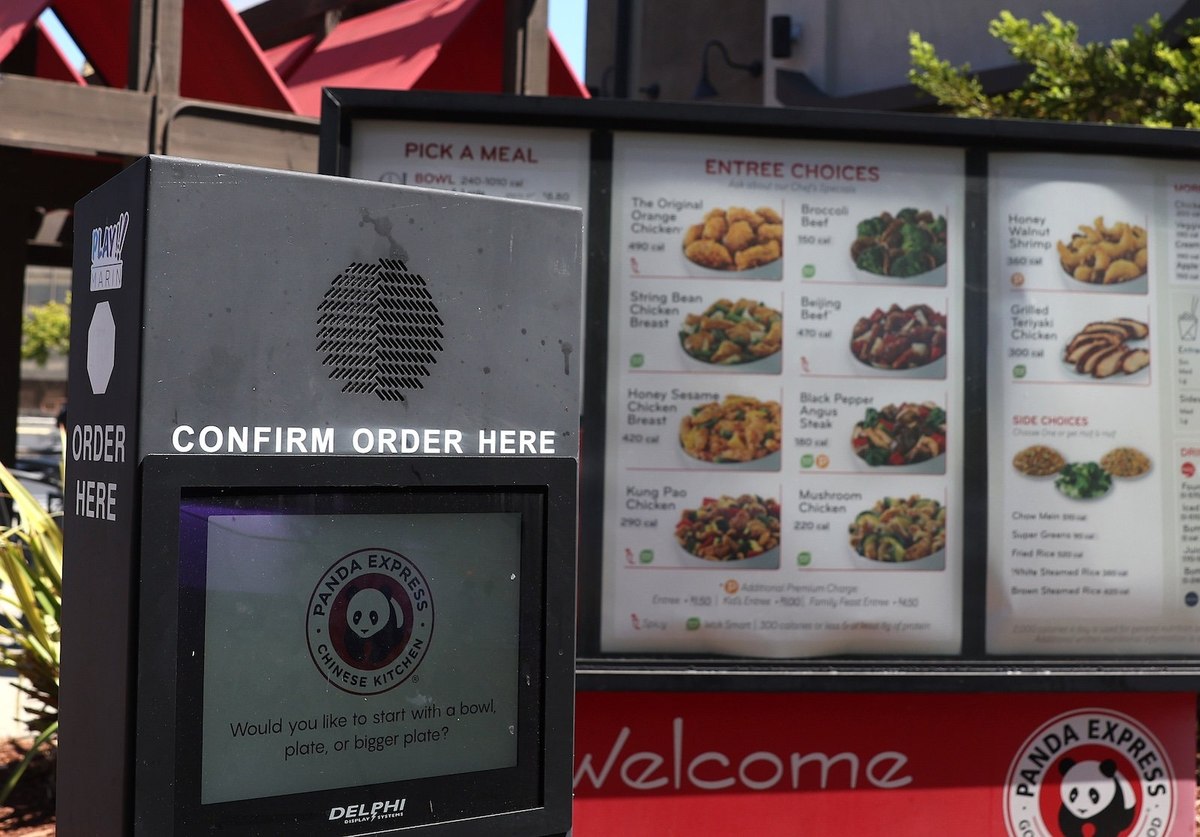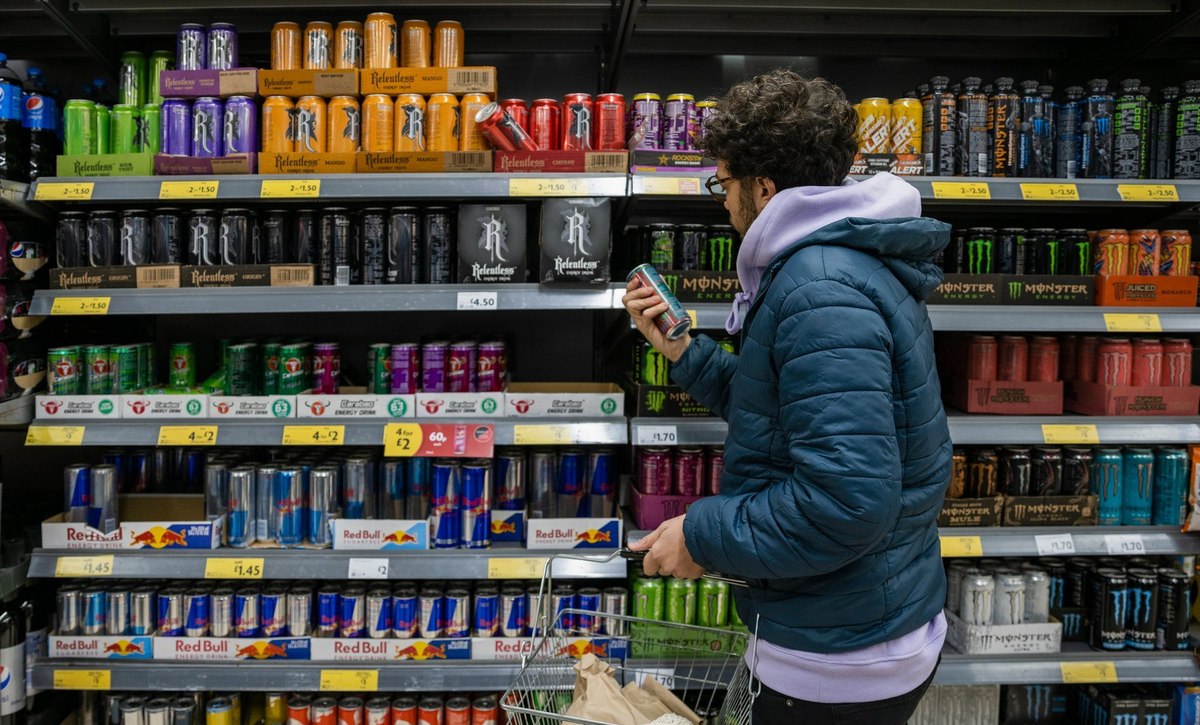
Consumer choices in the era of shrinkflation
The term shrinkflation gained prominence in the aftermath of the pandemic, as inflation led retailers to reduce the size of products without adjusting prices. More recently, US President Joe Biden, ahead of the Super Bowl, urged snack companies to halt this practice. This article explores the prevalence of shrinkflation across various countries and product categories and delves into consumer responses to it.
A recent YouGov survey conducted across 17 international markets sheds light on the ubiquity of shrinkflation. Unsurprisingly, the food industry takes the lead, with more than two-thirds of respondents (69%) noticing the downsizing trend within this sector. Next is beverages (38%), but at a significantly lower rate. Around a third of overall respondents say they have noticed personal care products (35%), and household cleaning products (34%) shrinking in size.
In Great Britain (82%), Canada (80%), and Australia (79%), awareness of shrinkflation in the food sector is particularly high.
Around a third of Britons say they have noticed shrinkages in beverage package sizes (37%), personal care products (36%) and household cleaning supplies (32%). In the US, roughly two-fifths of consumers have noticed shrinkflation in beverages (41%), personal care products (44%), and household cleaning supplies (43%). Similar proportions of consumers have noticed shrinkflation in these categories in other North American markets.
Conversely, some markets, like the UAE (53%), India (55%), and Mexico (59%), exhibit a less pronounced awareness of shrinkflation, although even in these places, half of respondents have taken note of shrinking food packages.
Roughly a quarter of respondents in both Nordic markets say they have noticed food packages shrinking – Denmark (74%), Sweden (73%). While nearly two-fifths of Swedish respondents say they have noticed their beverages shrinking (38%), only around one in five Danes (23%) say the same.
With awareness of shrinkflation so high, it is also worth casting a glance at factors that are influencing purchasing behaviors. When asked how often they actively compare prices per unit before making a purchase decision, 67% state they do so often. Amongst them30% do it very often and 37% fairly often.
Factors that drive consumers to continue buying products affected by shrinkflation
A closer examination of the data reveals that price (54%) and quality (53%) play pivotal roles in shaping consumer preferences when continuing to be loyal to shrinkflation-affected products. Brand loyalty (24%) and packaging size (22%) also emerge as influencers for one-fifth of overall respondents.
Analysing regional nuances, Singaporean consumers lean towards price (68%) and quality (63%) as key factors in their decision to continue purchasing shrinkflation-affected products. In Hong Kong, while price (68%) and quality (63%) remain significant, convenience (41%) and packaging size (40%) also influence decisions.
Interestingly, in some markets, a higher share of respondents expresses a willingness to continue purchasing shrinkflation-affected products due to quality rather than price. In the UAE, 67% prioritize quality over price (56%), and in India, it's 65% vs. 50%.
Britons are more likely to continue purchasing due to convenience (26%) rather than brand loyalty (19%) or packaging size (19%). Among US consumers, roughly a third would buy a smaller product due to brand loyalty (21%), packaging size (24%), and convenience (23%).
In Sweden, a lower share would continue purchasing due to brand loyalty (14%), packaging size (18%), and convenience (17%), but the rates are even lower among Danish consumers – 9%, 12%, and 12%, respectively.
Explore our living data – for free
Discover more retail content here
Want to run your own research? Run a survey now
Make smarter business decisions with better intelligence. Understand exactly what your audience is thinking by leveraging our panel of 26 million+ members. Speak with us today.
Methodology: YouGov Surveys: Serviced provide quick survey results from nationally representative or targeted audiences in multiple markets. The data is based on surveys of adults aged 18+ years in 17 markets with sample sizes varying between 501 and 2,004 for each market. All surveys were conducted online in October 2023. Data from each market uses a nationally representative sample apart from Mexico and India, which use urban representative samples, and Indonesia and Hong Kong, which use online representative samples. Learn more about YouGov Surveys: Serviced.
Image: Getty Images
































